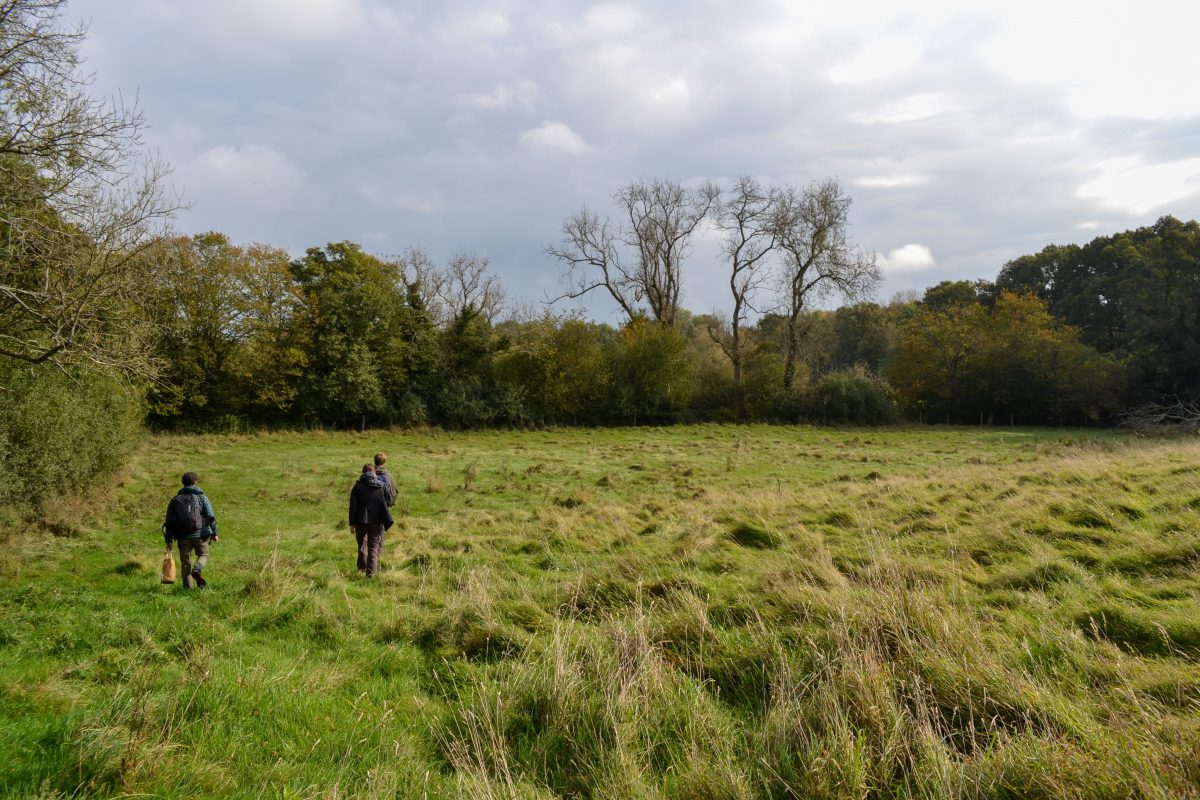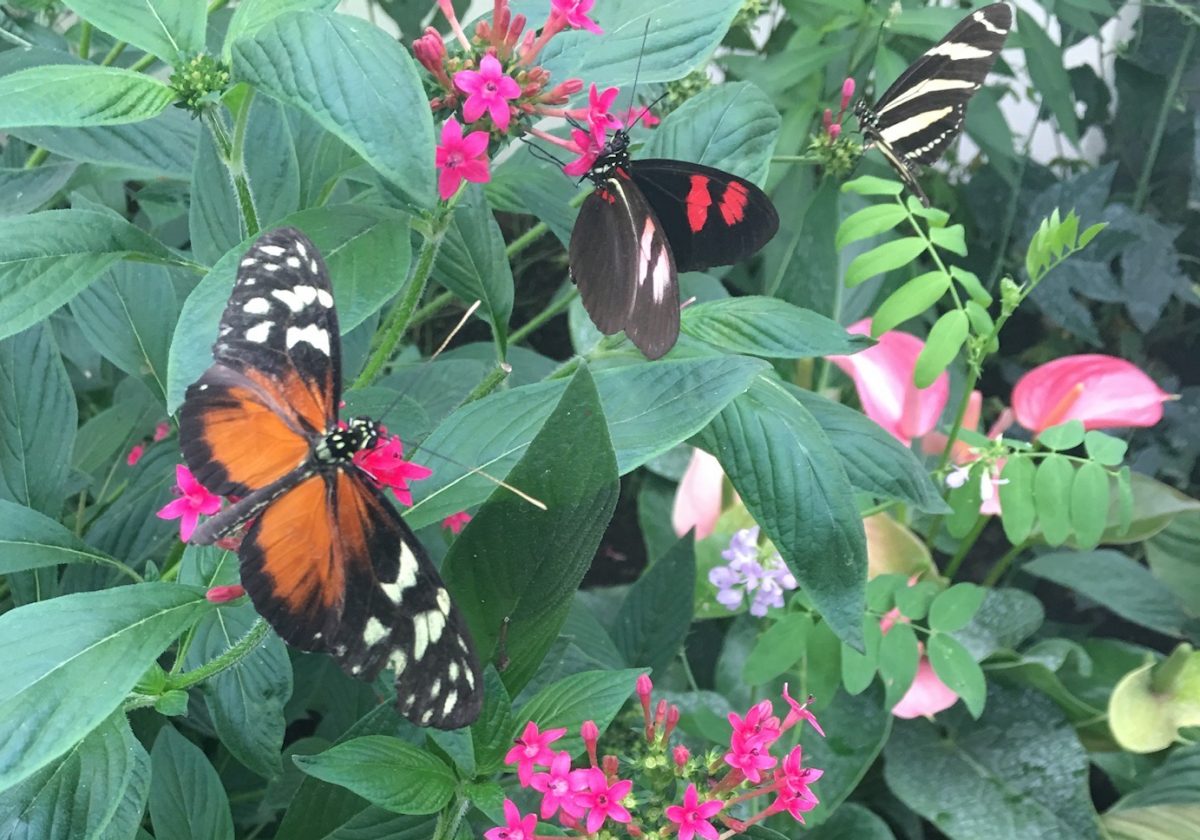At Carbon Rewild we are launching our new Bird and Bat Acoustic Monitoring Service. This is a “ship and return” service. We post you a recording device and you set it up. Then after a month you post it back to us. We then analyse the data and send you a report describing all the […]











